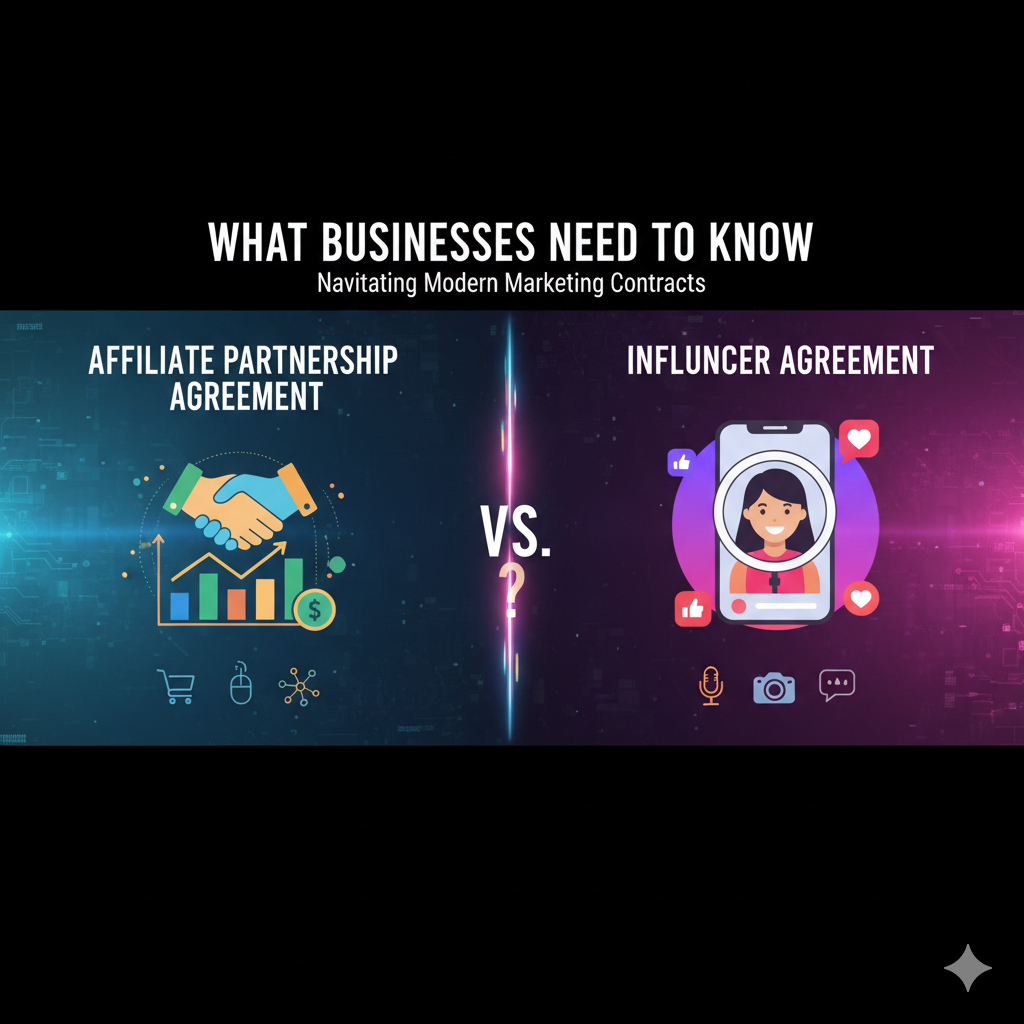
Who Owns the Code? Navigating IP Ownership in Software Development Contracts
Introduction
You’ve spent months building an app. The design is perfect, the code runs smoothly, and your developer delivers the final version. Then comes the big question — who actually owns the code?
This simple question has sparked countless disputes between clients, developers, and startups. In today’s digital economy, where software is often a company’s most valuable asset, understanding intellectual property (IP) ownership isn’t optional — it’s essential.
In this blog, we’ll break down what “ownership” really means, the legal nuances of software IP, and how you can structure your contracts to protect your rights without stifling innovation.
Why IP Ownership Matters
In software development, ownership isn’t about bragging rights — it’s about control. Whoever owns the code decides how it’s used, licensed, or sold. It affects your ability to:
-
Monetize or license the software to others
-
Modify or scale it later without restrictions
-
Prevent others from copying or reselling your work
-
Raise funding or sell your business confidently
Without a clear ownership clause, your startup might end up using software it doesn’t legally own — a nightmare scenario during due diligence or acquisition.
Decoding the Basics: Key IP Rights in Software
Let’s demystify the jargon:
-
Copyright protects the source code and object code — it’s automatically granted to the creator unless assigned.
-
Patent protects technical inventions (like algorithms or methods) if they’re novel and inventive.
-
Trade secret covers confidential code, logic, or data models — as long as they remain secret.
-
Moral rights (in some countries) give authors credit and prevent misuse of their work, even after assignment.
A good contract identifies which rights exist — and who keeps them.
The Three Most Common IP Ownership Models
1. Full Assignment — Client Owns It All
The developer assigns all IP rights in the code to the client. This model suits businesses wanting total control over their product.
Pros: Complete ownership and flexibility.
Cons: Developer loses re-use rights, and projects can cost more.
2. Licensing — Developer Retains Rights
The developer keeps ownership but licenses the client to use or modify the software. This is common for agencies or SaaS providers.
Pros: Developer can reuse code; costs may be lower.
Cons: Client’s use might be restricted by territory, duration, or purpose.
3. Hybrid — The Best of Both Worlds
Many contracts blend the two. For example, clients own the specific deliverables, but developers keep rights to general libraries or reusable tools.
Employees vs. Contractors — A Legal Line That Matters
-
Employees: Their work generally belongs to the employer (if created in the course of employment).
-
Contractors: Own their work by default unless the contract clearly says otherwise.
So, if you hire freelancers or external developers, never assume ownership — put it in writing.
The Open-Source Wildcard
Most modern software includes open-source components. That’s not a problem — until licensing terms are ignored. Some open-source licenses (like GPL or AGPL) require you to share your entire source code if you distribute derivative works.
Tip: Always ask your developer for a list of third-party libraries and their licenses. It’s not just good practice — it’s your legal safety net.
Must-Have Clauses in a Software Development Agreement
Here’s what every well-drafted software contract should include:
-
Ownership Clause: Clearly states who owns the code (and when the transfer happens).
-
Background IP Clause: Defines pre-existing tools or libraries and how they’re used.
-
Assignment or License Clause: Spells out whether rights are transferred or licensed.
-
Warranty & Indemnity: Protects you if the code infringes third-party IP.
-
Open-Source Disclosure: Requires the developer to list all open-source components.
-
Confidentiality & Non-Disclosure: Keeps your proprietary data safe.
-
Dispute Resolution: Chooses where and how disputes will be resolved.
Red Flags to Watch Out For
-
Vague language like “the client will have full rights” without specifying what those rights are.
-
No mention of third-party or open-source code.
-
Overly broad assignments that include unrelated future work.
-
No protection if the developer goes out of business — always consider source code escrow for critical projects.
Practical Tips for Negotiating IP Ownership
-
Clients: Push for assignment or a broad license; ask for background IP disclosures.
-
Developers: Limit assignments to deliverables, not your reusable frameworks.
-
Both Parties: Keep communication transparent and document every agreement in writing.
Conclusion
In software development, “Who owns the code?” isn’t a technical issue — it’s a business-defining one. Clear IP ownership can prevent disputes, attract investors, and protect your innovation.
Whether you’re a startup founder or a freelance developer, your best protection is a well-drafted agreement that leaves no room for assumptions. Because in the world of code, what you don’t define — you risk losing.


